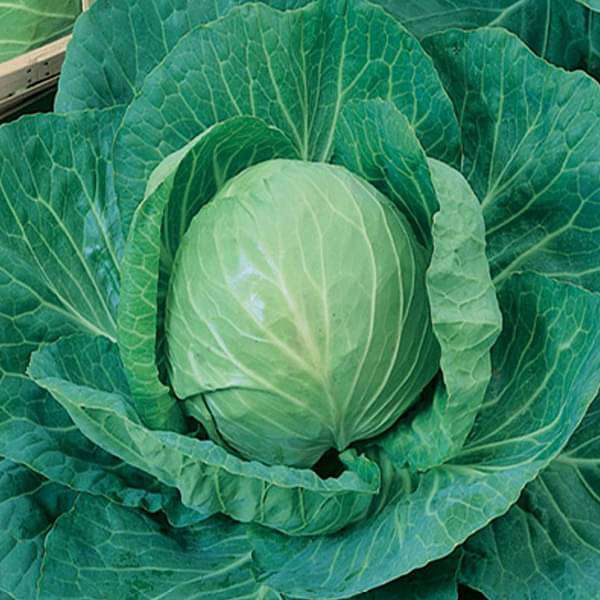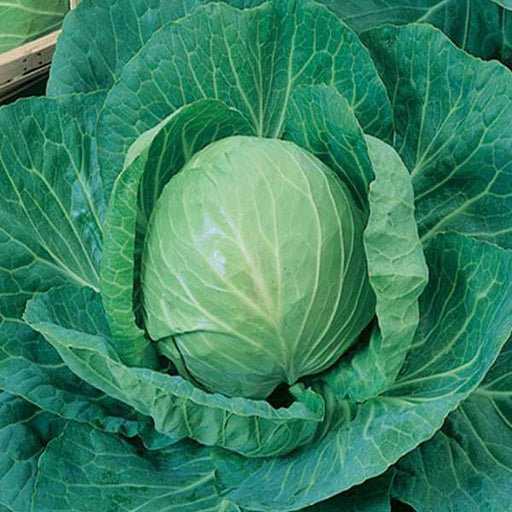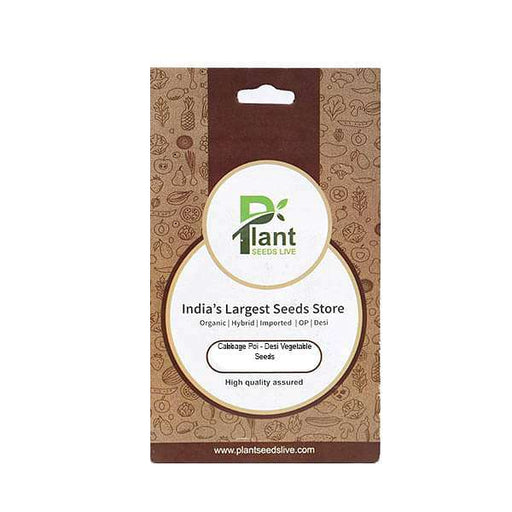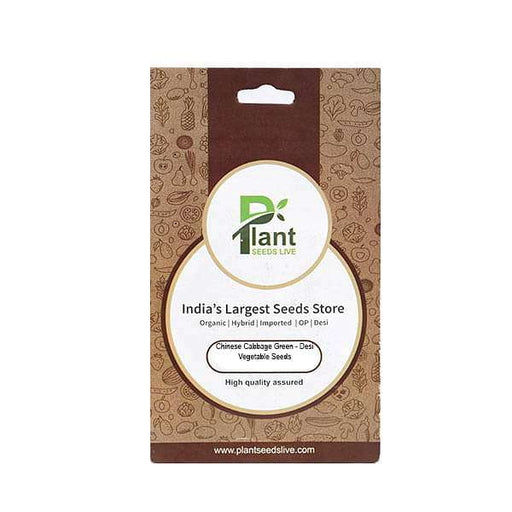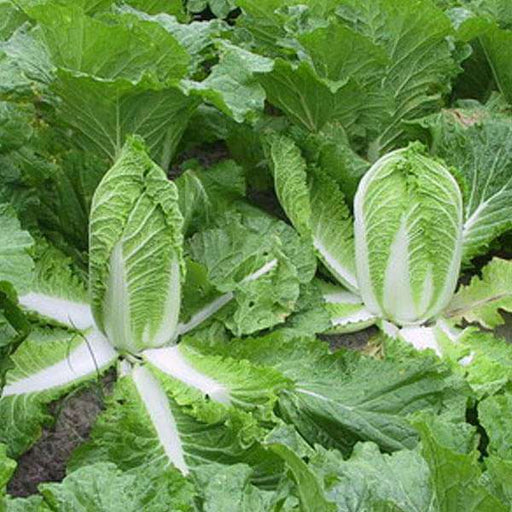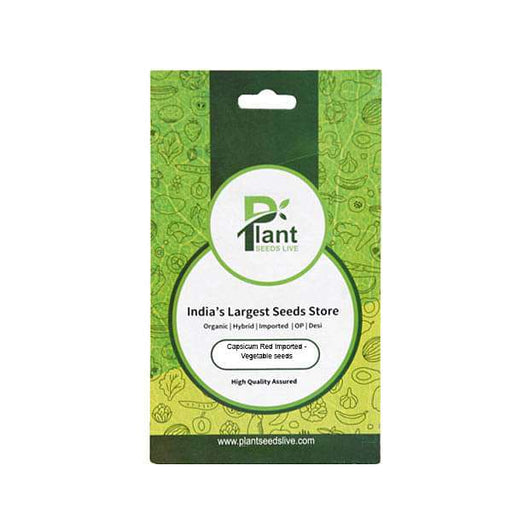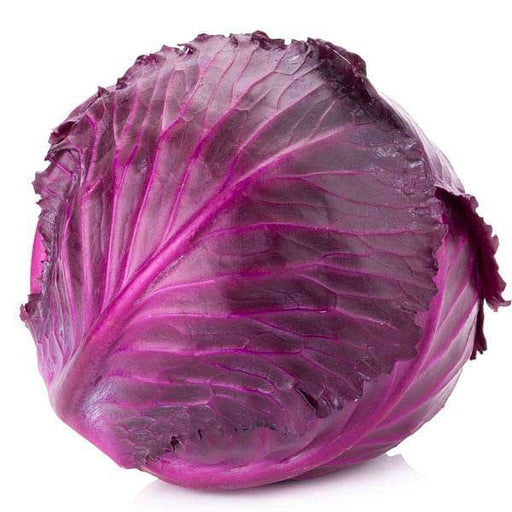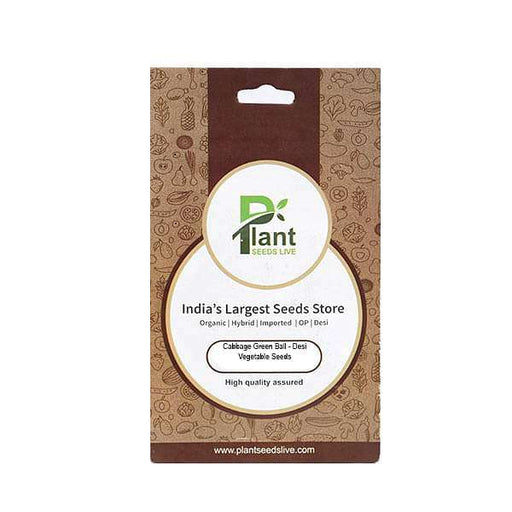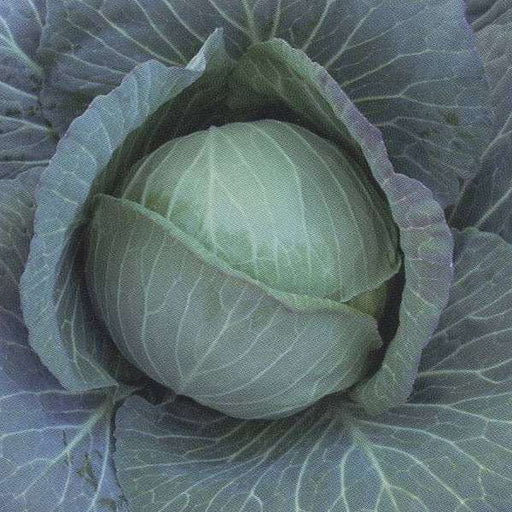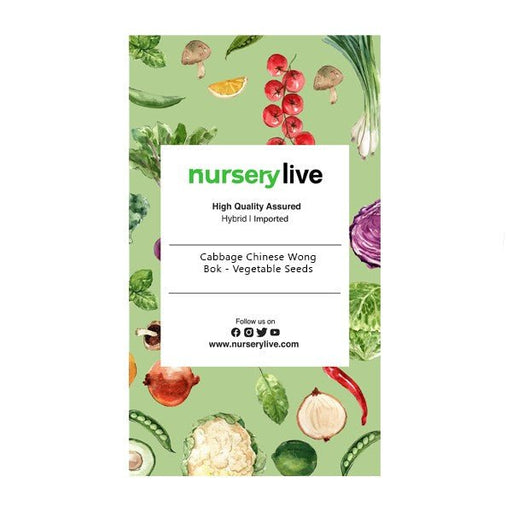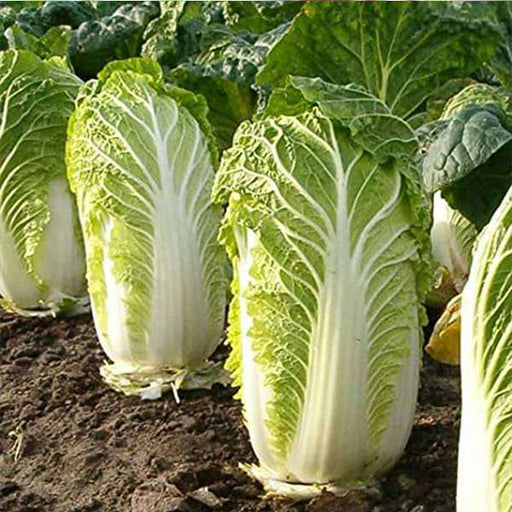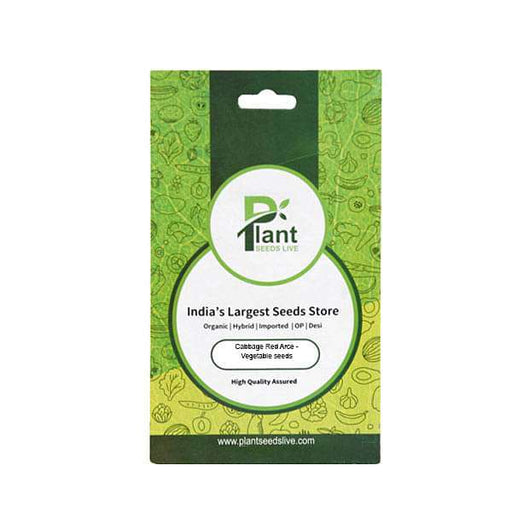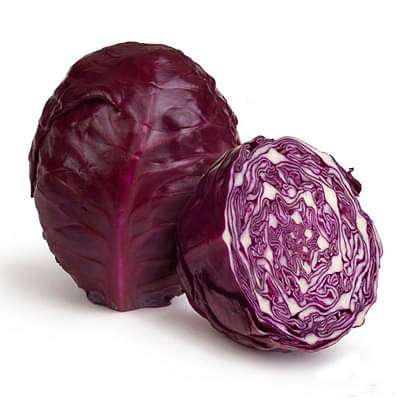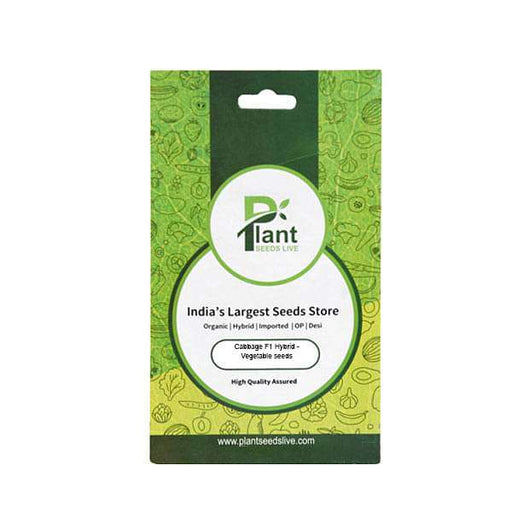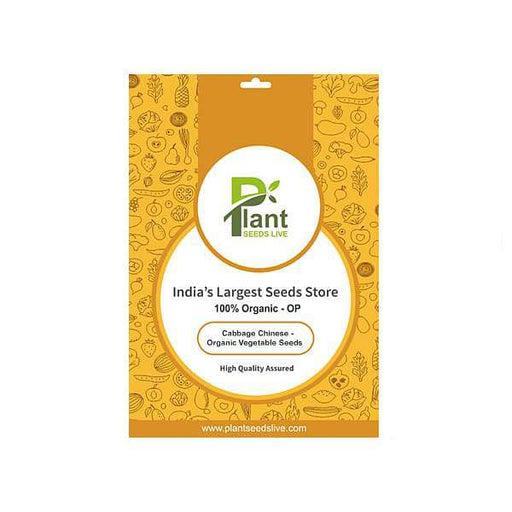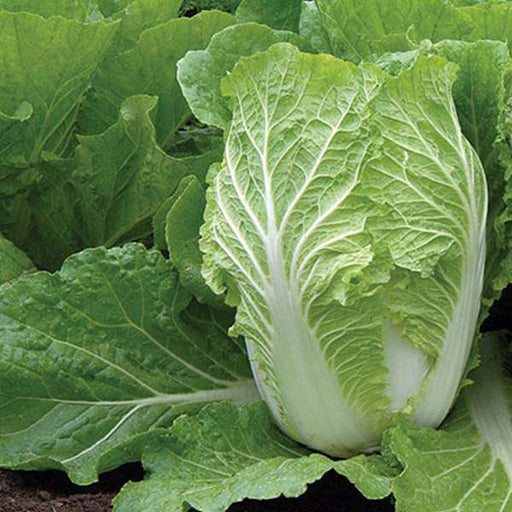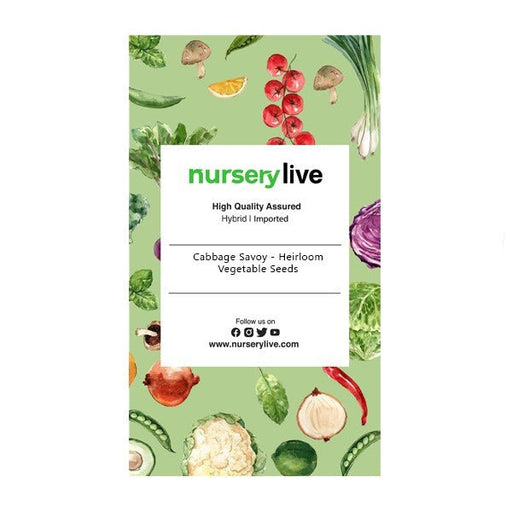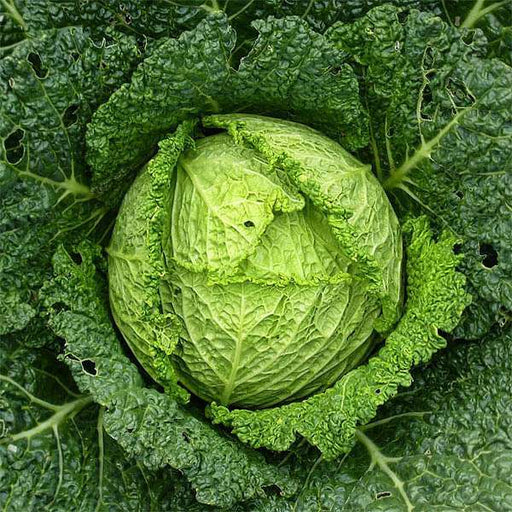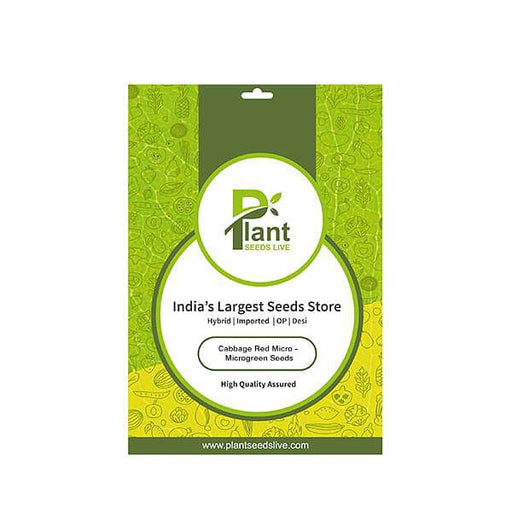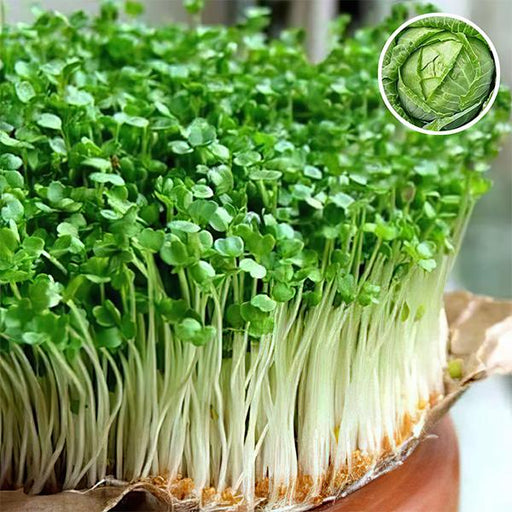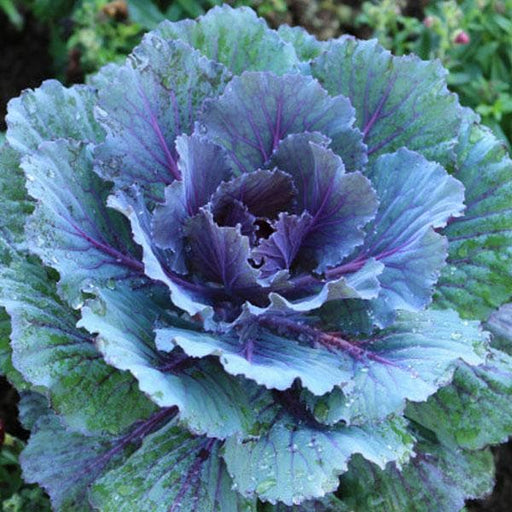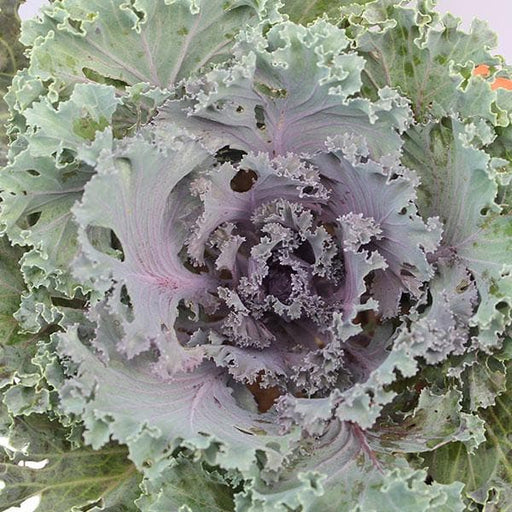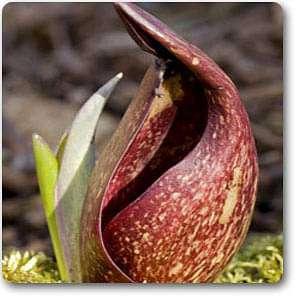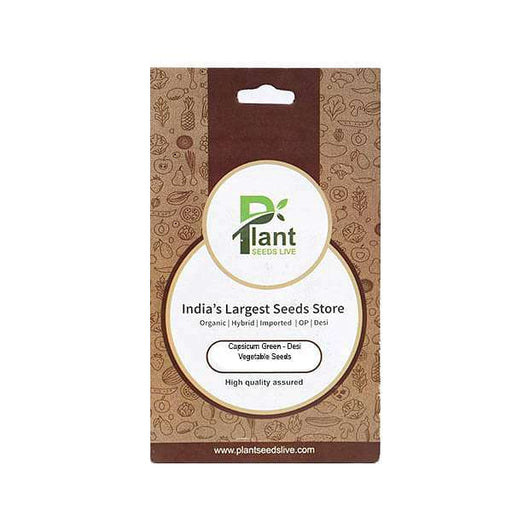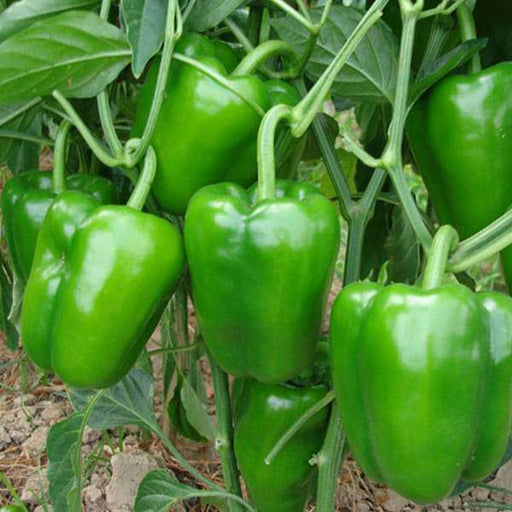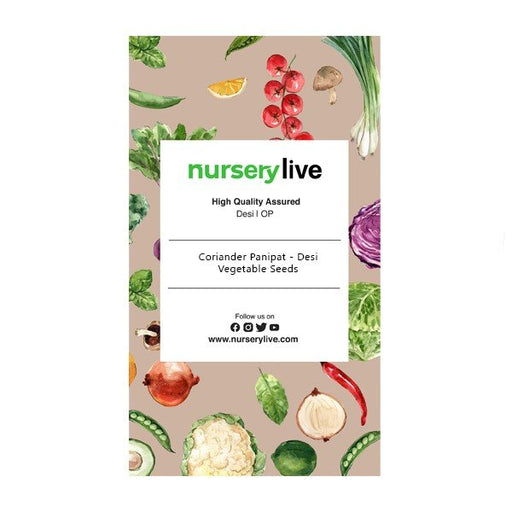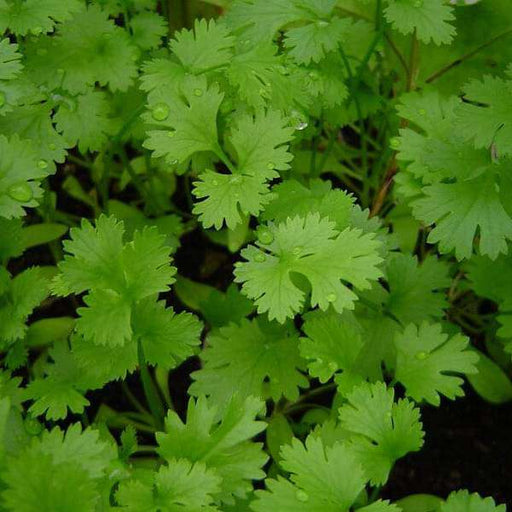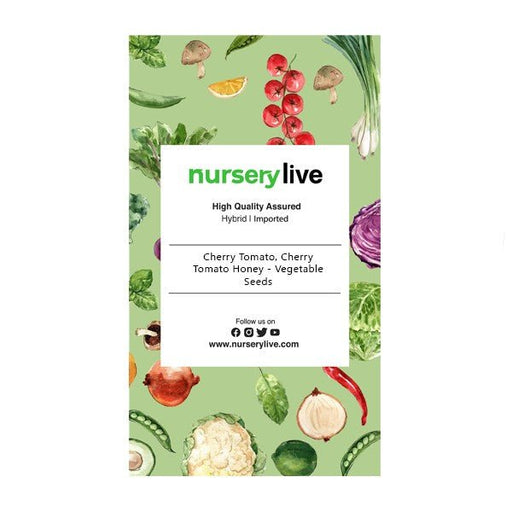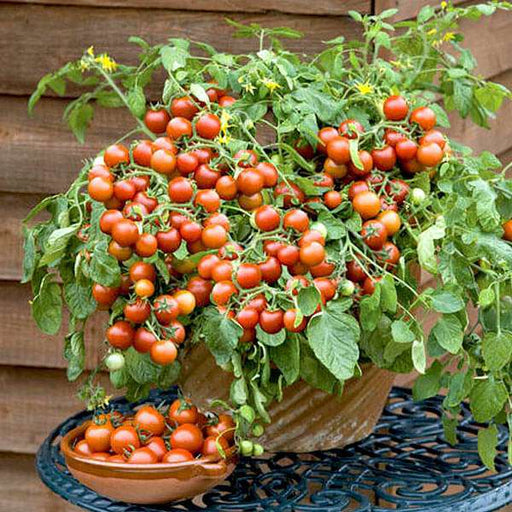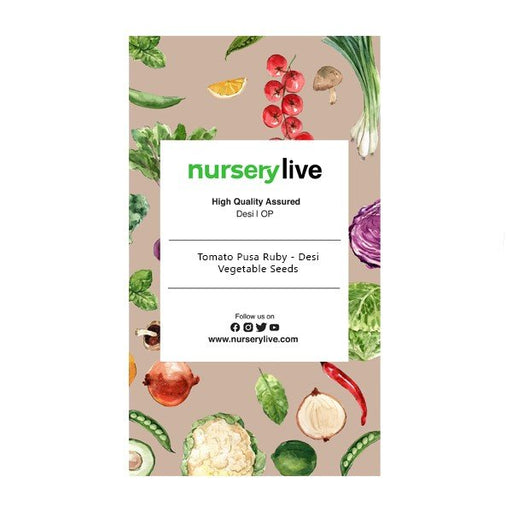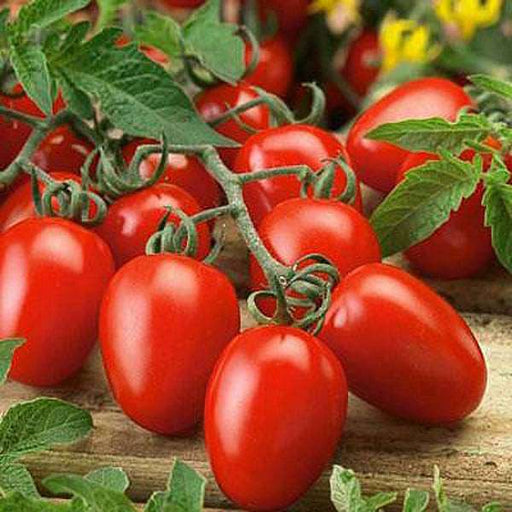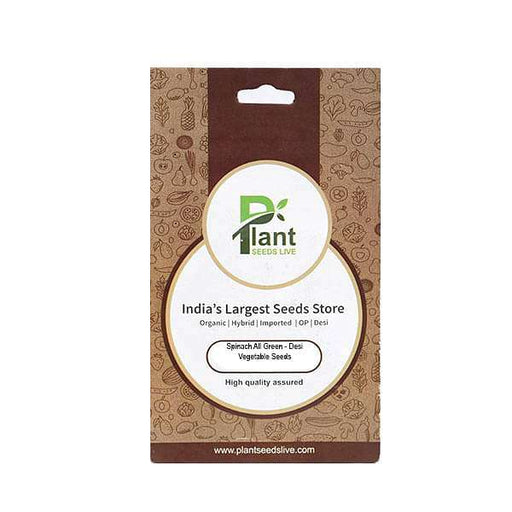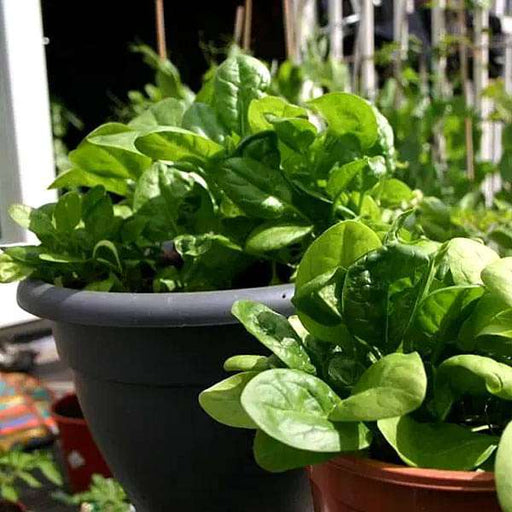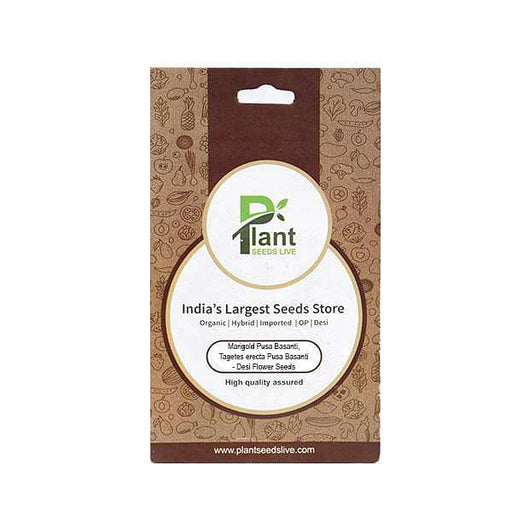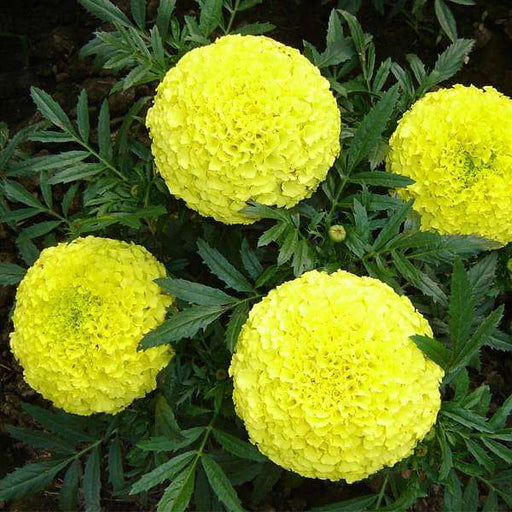Cabbage Seed Types
There are various types of cabbage seeds that differ in size, color, and flavor. Some popular types include Napa cabbage, Savoy cabbage, and Red cabbage. Each type is unique in its own way, making it important to choose the right one for your needs.
Cabbage Seed Germination
Cabbage seed germination is the process of sprouting cabbage seeds into seedlings. This process requires proper moisture, temperature, and soil conditions. If done correctly, cabbage seed germination can result in healthy and strong plants.
Cabbage Seedlings Care
After cabbage seed germination, proper care of the seedlings is essential. This includes regular watering, fertilizing, and ensuring they receive enough sunlight. Cabbage seedlings are delicate and need extra attention to grow into healthy plants.
Cabbage Seed Saving
Saving cabbage seeds is a great way to preserve a variety and ensure that it will be available in the future. This process involves letting the plant go to seed, harvesting the seeds, and storing them properly. Cabbage seeds can be saved for several years if stored correctly.
Cabbage Seed Starter Kit
A cabbage seed starter kit is a great way for beginners to start growing cabbage. These kits usually include everything needed to start growing, including seeds, soil, and containers. They are an easy and convenient way to get started with cabbage gardening.
Cabbage Seed Planting
Cabbage seeds can be planted directly in the ground or started indoors and transplanted outside. They prefer cool temperatures and well-drained soil. Cabbage plants can be grown in both home gardens and commercial farms.
Cabbage Seed Companion Plants
Companion planting is the practice of planting different crops together to benefit each other. Some great companion plants for cabbage seeds include carrots, onions, and potatoes. These plants can help deter pests and improve soil health.
Cabbage Seed Nutrition
Cabbage seeds are a rich source of vitamins and minerals, including vitamin C, vitamin K, and fiber. They are also low in calories, making them a healthy addition to any diet. Incorporating cabbage seeds into your meals can provide a range of health benefits.
Cabbage Seed Recipes
Cabbage seeds can be used in a variety of recipes, including salads, stir-fries, and soups. They have a mild and slightly sweet flavor that pairs well with many other ingredients. Adding cabbage seeds to your meals can add flavor and nutrition.
Cabbage Seed Oil
Cabbage seed oil is extracted from the seeds of the cabbage plant and is rich in antioxidants and fatty acids. It is often used in skincare products for its moisturizing and anti-aging properties. Cabbage seed oil can also be used in cooking and is a healthy alternative to other oils.
Cabbage Seed Dispersal
Cabbage seeds can be dispersed in many ways, including by wind, water, and animals. This can result in the spread of cabbage plants to new areas. Proper management of cabbage plants is important to prevent them from becoming invasive.
Cabbage Seedling Transplanting
Cabbage seedlings can be transplanted outside once they are strong enough to survive in the outdoor environment. This process requires careful handling to avoid damaging the delicate seedlings. Proper timing and soil conditions are also important for successful transplanting.
Cabbage Seed Harvesting
Cabbage seeds can be harvested once the plant has gone to seed and the seed pods have turned brown. The seeds can be harvested by cutting off the seed pods and allowing them to dry. Proper storage of harvested cabbage seeds is important for their viability and longevity.
Cabbage Seedling Watering
Proper watering is important for the growth and health of cabbage seedlings. Over-watering can lead to root rot, while under-watering can stunt growth. It's important to water cabbage seedlings evenly and consistently to ensure their optimal health.
Cabbage Seed Plant Spacing
Cabbage plants require adequate space to grow properly. Planting cabbage seeds too close together can lead to overcrowding and poor growth. Proper spacing depends on the type of cabbage and the desired size of the heads, so it's important to do research before planting.
Cabbage Seed Pest Control
Cabbage plants are susceptible to pests such as aphids, caterpillars, and slugs. Proper pest control is important to prevent damage to the plants and reduce the risk of disease. Natural methods such as companion planting and hand-picking pests can be effective.
Cabbage Seed Disease Prevention
Cabbage plants can be susceptible to diseases such as black rot and clubroot. Proper care and prevention measures such as crop rotation, good soil drainage, and avoiding overhead watering can help prevent these diseases.
Cabbage Seed Plant Growth
Cabbage plants grow best in cool temperatures and require plenty of sunlight. They also require proper soil conditions and regular fertilizing to promote healthy growth. Proper care and attention to plant growth can result in a bountiful cabbage harvest.
Cabbage Seed Harvest Timing
Cabbage plants are usually ready for harvest 70-100 days after planting. Harvesting too early can result in small heads, while harvesting too late can result in tough and bitter heads. Proper timing and attention to the plant's growth can ensure a successful cabbage harvest.
Cabbage Seed Varieties
There are many varieties of cabbage seeds to choose from, each with its own unique characteristics. Some popular varieties include Golden Acre, Copenhagen Market, and Early Jersey Wakefield. Choosing the right variety for your needs and environment is important for a successful cabbage harvest.

